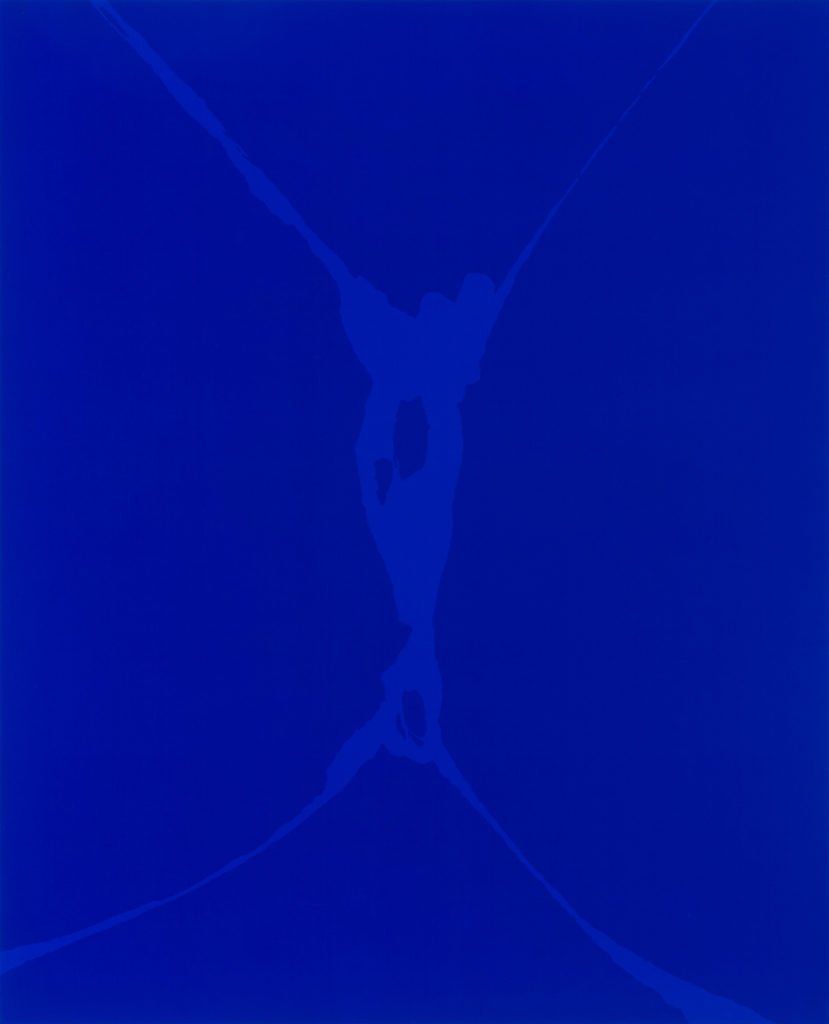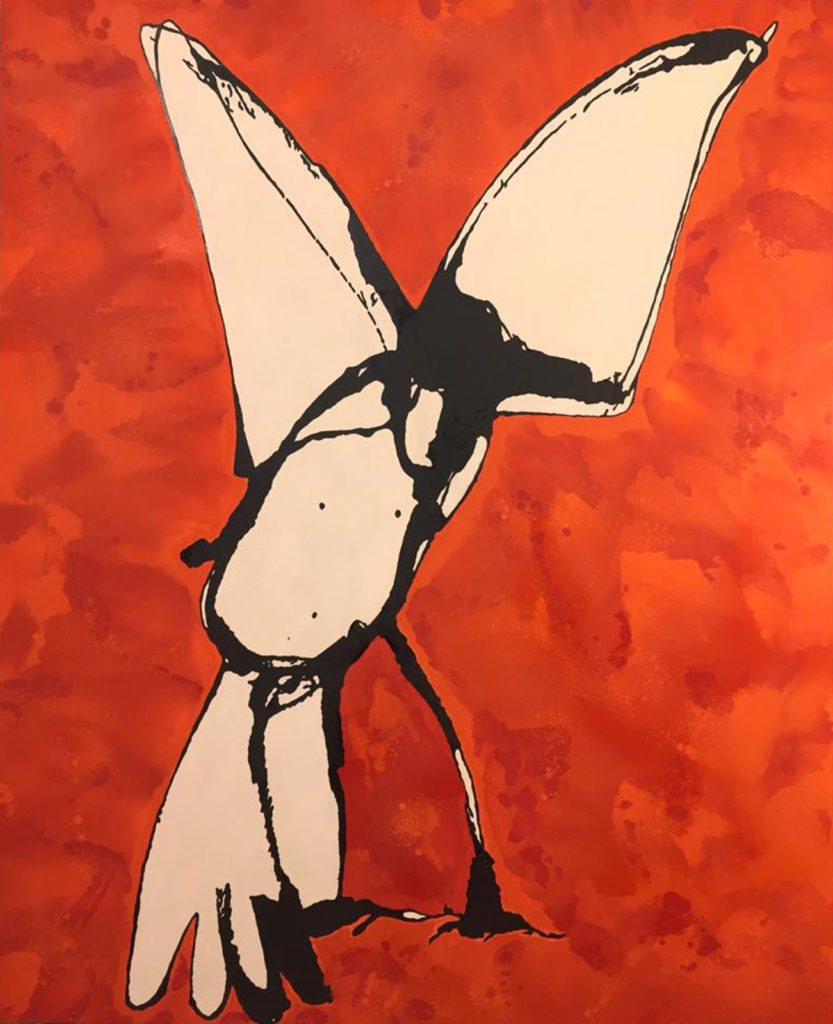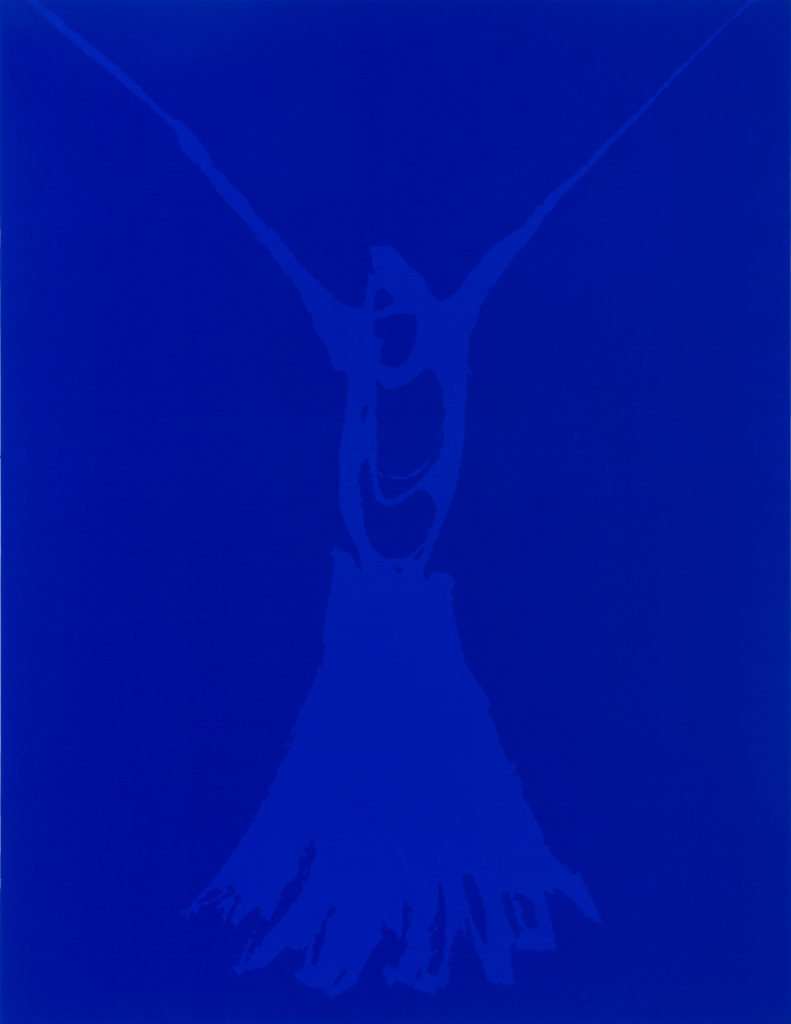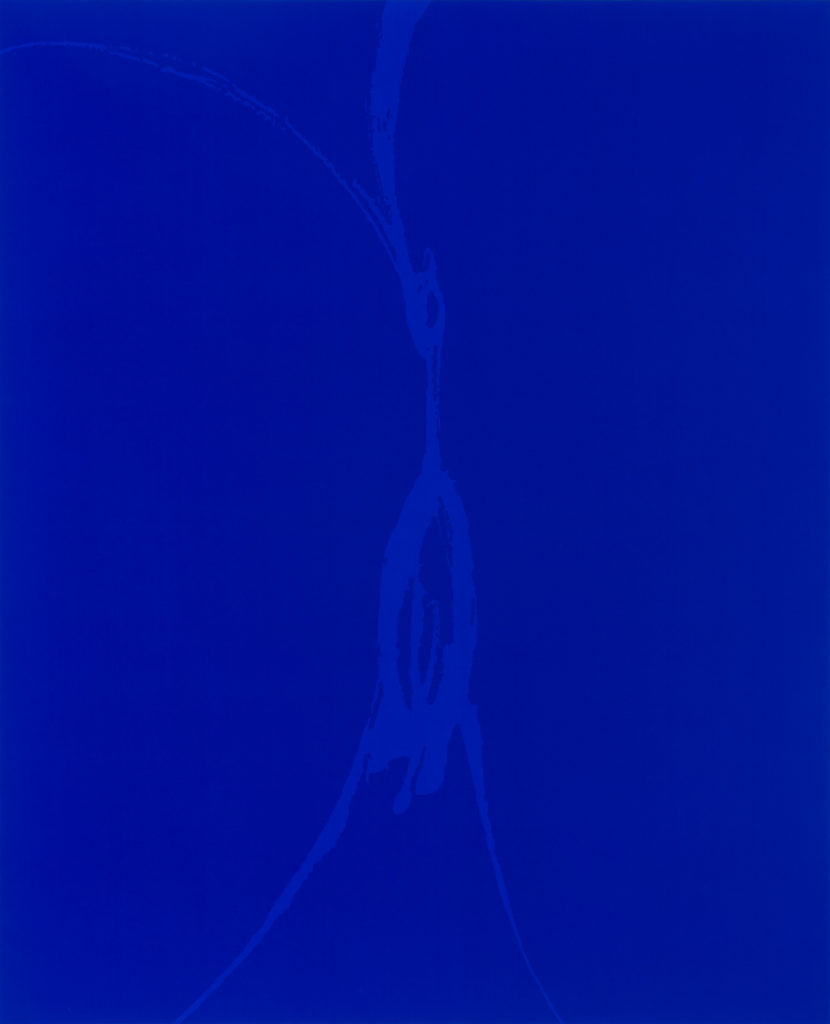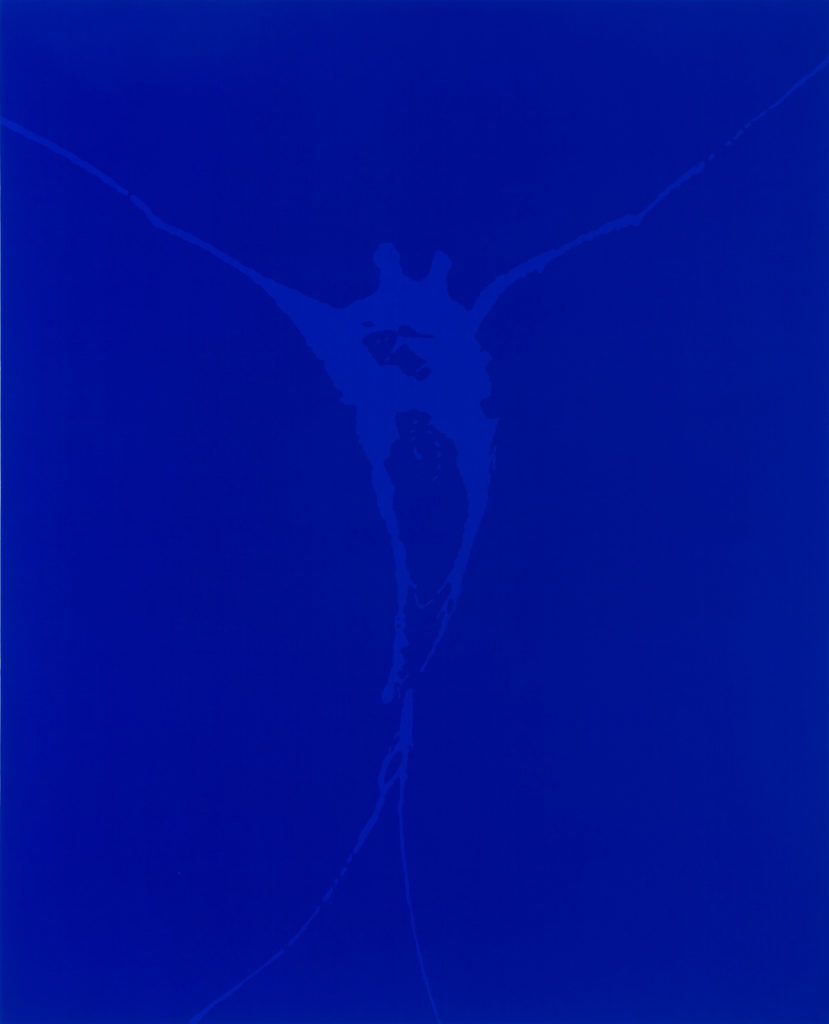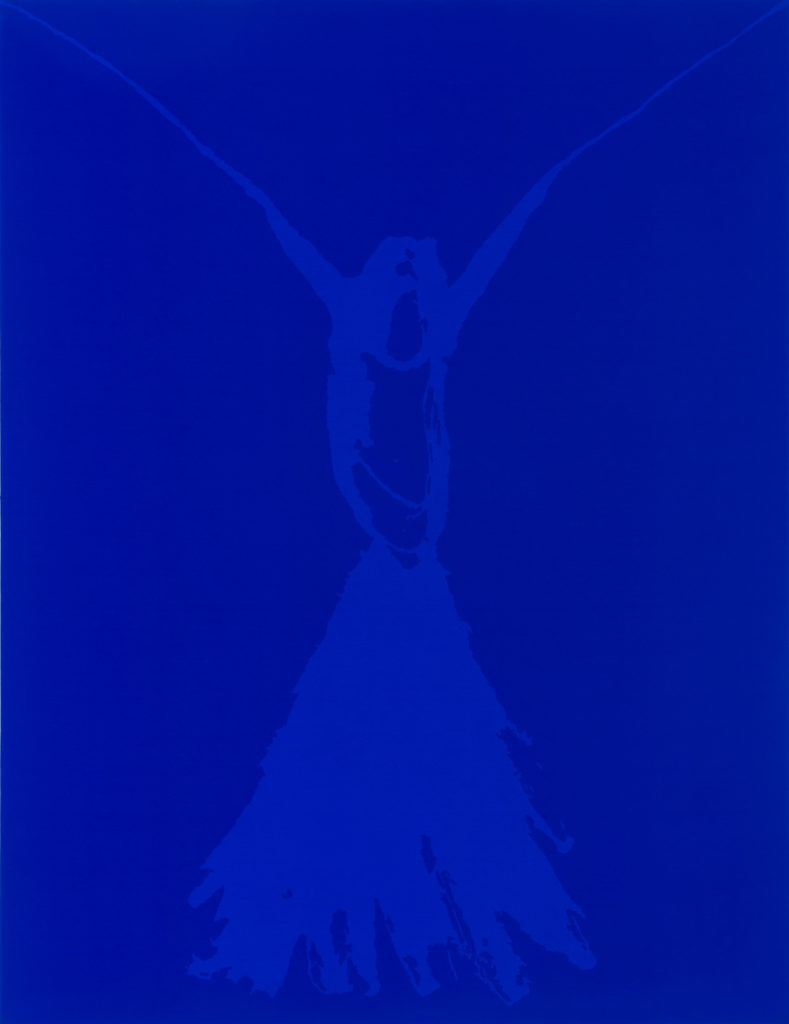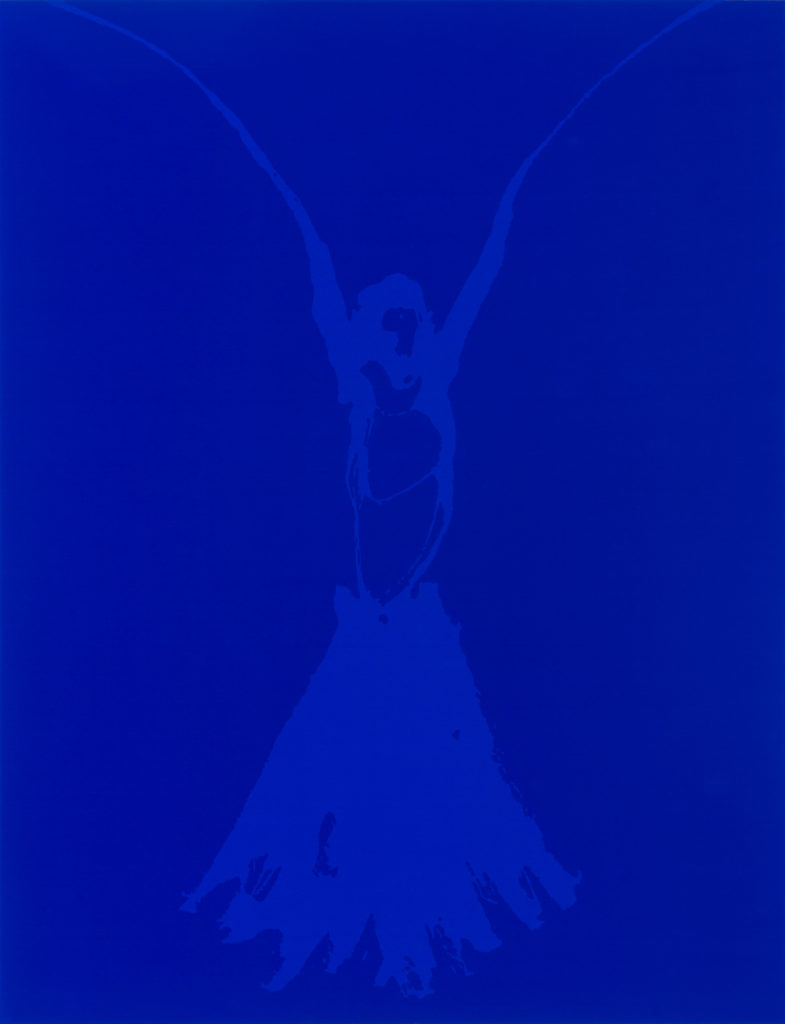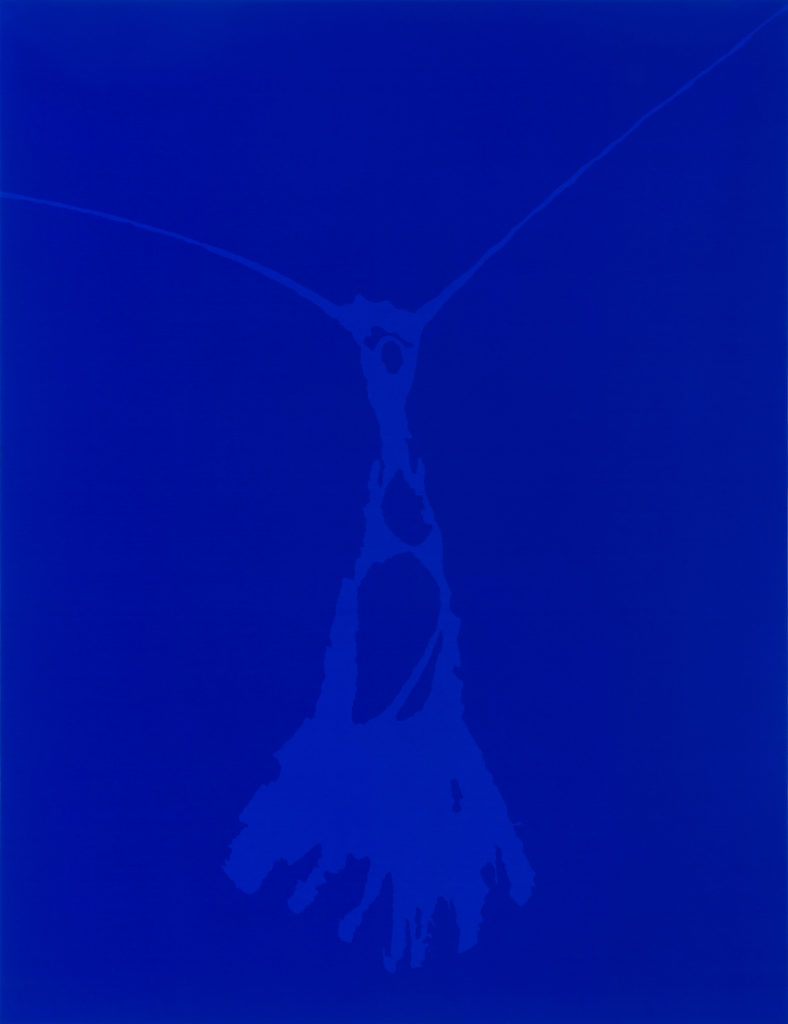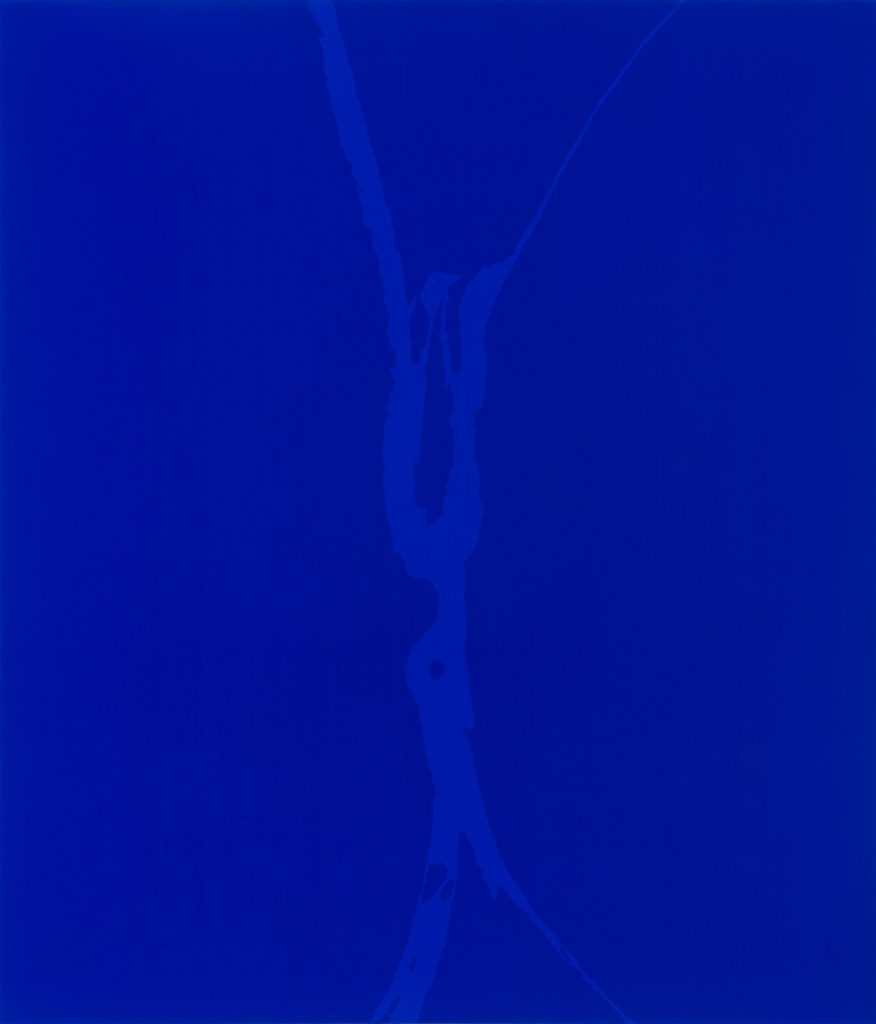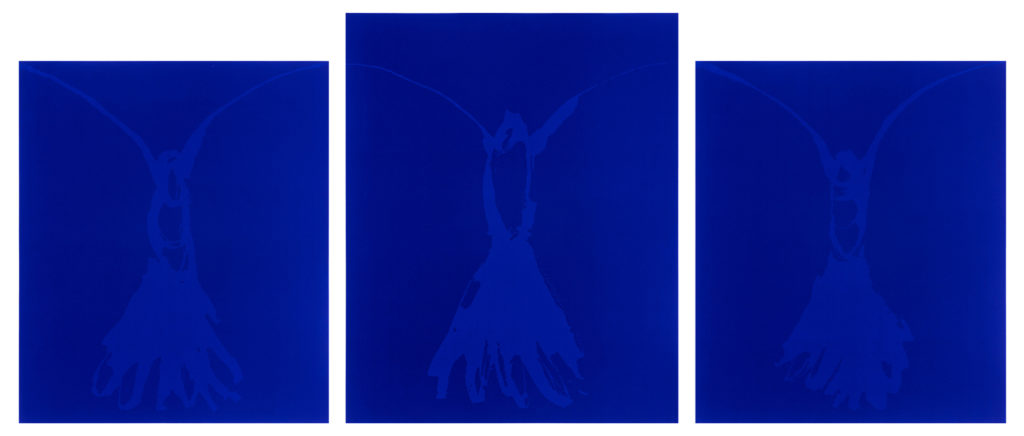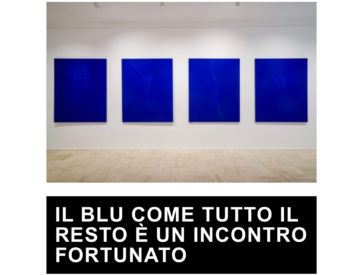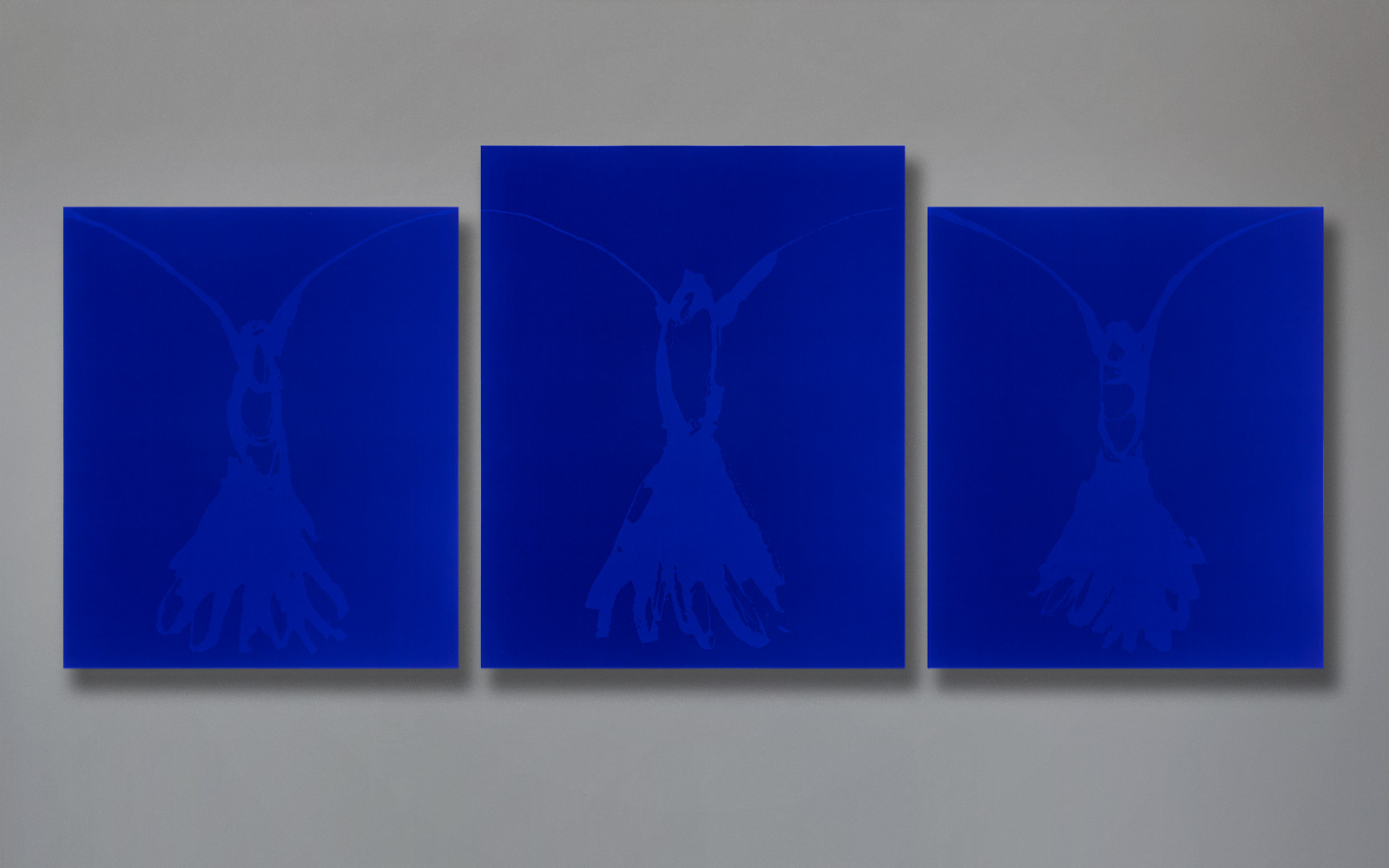
“To all women who have given me life.”
– Pierre-Yves Le Duc
On the twelve canvases on display, at first one finds the body; however not in the totality of its existence but in the more intimate and erotic part represented by the female sexual organ.
In Pierre-Yves Le Duc’s opus the essence of bodily characterization takes shape through a properly sexual dynamic. Nothing is hidden but everything is manifest, being painted with competence. The brush stroke, quite evident on the canvas, is accurately repeated over and over. Redundant and creative, allusive like oriental calligraphy works, it has a somewhat ecstatic quality, takes up space, and displays a specific style, a power of its own. It refers to that corporeal and erotic matrix but takes on a different essence in form and distinction. The issue it covers is painting in today’s world. We are obviously looking at a female sexual organ but at the same time, through the artist’s skillful and long work, we are carried into the search dimension proper of art. What should be done today, and how? His is a radical choice: he speaks of eros and keeps the discussion going.
Le Duc veils everything with the blue colour, which leaves much room to imagination. Blue is a symbolic colour: it calls to mind skies and infinite spaces and has a very clear connotation in art. This blue appeals to the eye; if on the one hand it conceals, on the other it definitely leads us straight to the heart of the scandal, represented by the particularly explicit corporeality. The plasticity of the elements – the semantics, in fact – should not mislead: Le Duc’s style seeks perfection in repetition, wishing to demonstrate to what extent that primeval corporeality is a Temple to be respected and understood.
Concerning the use of the veil, the artist observes: “With his slashed canvasses Lucio Fontana opened a breach in by-dimensionality and introduced the concept of space. With no wish to place myself on the same level as he, and only because Fontana confessed – perhaps as a joke – that his cuts hinted to the female sex, I will make a quick comparison with my own production. The affinity I feel comes from the perception of the unknown given by Fontana’s cuts and the transfiguration of, or distance from, the pictorial object that I produce with my canvasses by using veils. In my research, work is aimed at visual perception. More precisely it points to the way in which, in addition to conveying a meaning through signs, these last as well are conveyed so as to open the door to unprecedented perceptive sensations, if possible. I would like there to be a perfect harmony between the message and its vehicle. A sensory cognition.”
“The power of ideas is immense. I firmly believe the value of an idea is far higher than its application in practical life.” [Brunello Cucinelli, “Il sogno di Solomeo”, 2018]
“The body is the only temple, but it is easier to have somebody else celebrate the rite.” [Pinga Fazioli]
Selected works
Gallery
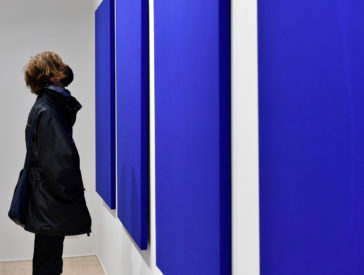
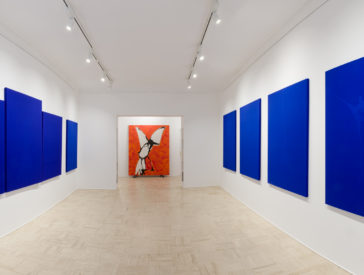
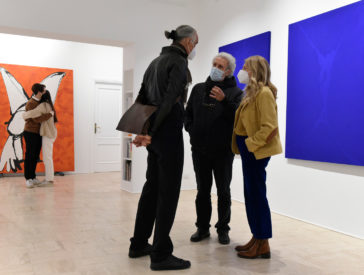
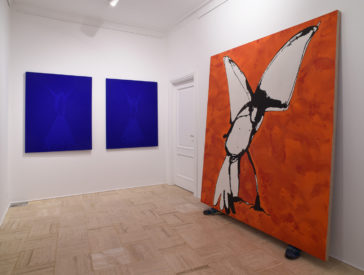
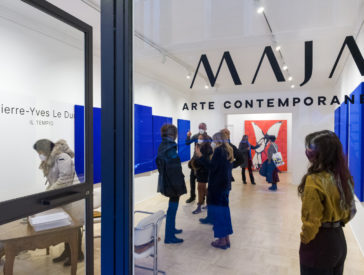
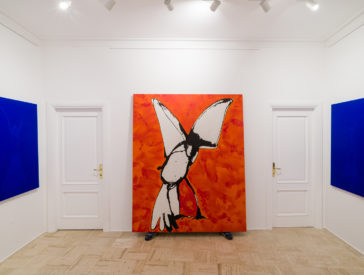
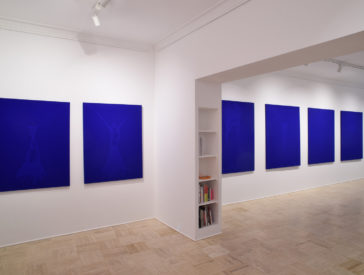
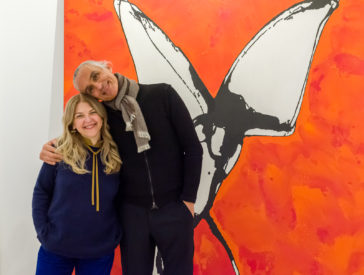
Critical essay
The Temple
by B.C.
In the beginning is the body: not the total vastness of its existence, but that most intimate and erotic part represented by the female sexual organ. In Pierre-Yves Le Duc’s opus the essence of bodily characterization takes shape through a properly sexual dynamic. Nothing is hidden but everything is manifest, being painted with competence. The brush stroke, quite evident on the canvas, is accurately repeated over and over. Redundant and creative, allusive like oriental calligraphy works, it has a somewhat ecstatic quality, takes up space, and displays a specific style, a power of its own. It refers to that corporeal and erotic matrix but takes on a different essence in form and distinction. The issue it covers is painting in today’s world. We are obviously looking at a female sexual organ but at the same time, through the artist’s skillful and long work, we are carried into the search dimension proper of art. What should be done today, and how? Le Duc leads us back to an essential grammar. It could look basic, yet it expresses his obsessive attention to every detail, to the single brush movement on the canvas. He gives an answer to his own quest, consciously satisfying the primary and aesthetic question of art. His is a radical choice: he speaks of eros and keeps the discussion going. Eros however is held back, as if frozen by a consolidated pictorial practice. Almost maniacally, the brush draws that organ the world originates from. Through his extended frequentation of painting, Le Duc’s brush stroke becomes cold, smudgeless, a pure act that unfolds on the canvas. Nothing else is there, on the canvas. That stroke is strong, yet ephemeral at the same time. It throws light onto the canvas, but we need to go in search of it. Yes, eros is present and so is the origin of the world; notwithstanding, Le Duc veils everything with colour. Thus disappears that primal act of painting which is such an intrinsic component of his practice. It disguises itself, hides itself, becomes imperceptible. Perfect in its performance, that brush stroke – and its everlasting strength and power – needs to be sought for. Hence, eros is shown and denied at the same time. The origin of our sensations – the body, if we wish to broaden the discussion –, the origin of the definition of a woman’s sexual being, the origin of the world, is not immediately legible. What is being sought for is not the elicitation of a subject dear to art history. The sole focus is the semantics of painting, its elements and tools, and that blue veil visible on Le Duc’s canvases. The act of painting and the veil dominate over eros. The process, of course, is not immediate: the first step is to show, the second is to conceal. The artist’s wish may seem that of deceiving us. However, he leads us to pursue the path of the constant search for pictorial perfection. The veil is a skillful, delicate modus operandi with which Le Duc conceals, or we could say destabilizes, the primary object of his painting.
This he does by using a blue colour, that colour which much room leaves to imagination. Blue is a symbolic colour: it calls to mind skies and infinite spaces and has a very clear connotation in art. Therefore, a coat of this serenity-instilling colour is applied in order to free the signifier from its most shameless signified. This could indicate the artist’s wariness, his desire to preserve the eroticism of the object or rather of the subject, to protect it, and to play cleverly to destabilize the recipient.
This blue represents the artist’s skillful game. It preserves corporeality, eros, and the female sexual organ; it sets and establishes distance. However, it is an attractive blue that also entices into exploring the work. This blue appeals to the eye; if on the one hand it conceals, on the other it definitely leads us straight to the heart of the scandal, represented by the particularly explicit corporeality. The plasticity of the elements – the semantics, in fact – should not mislead: Le Duc’s style seeks perfection in repetition, wishing to demonstrate to what extent that primeval corporeality is a temple to be respected and understood.

